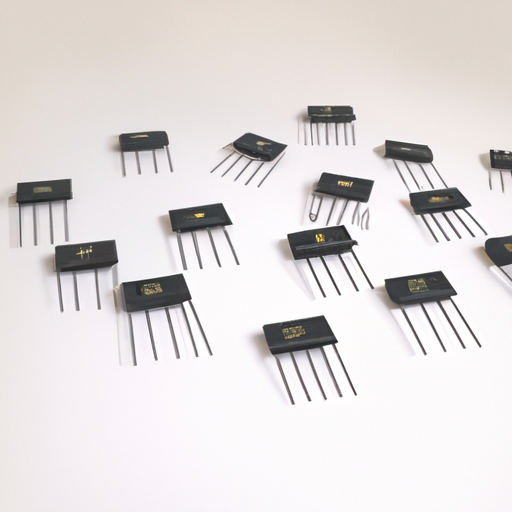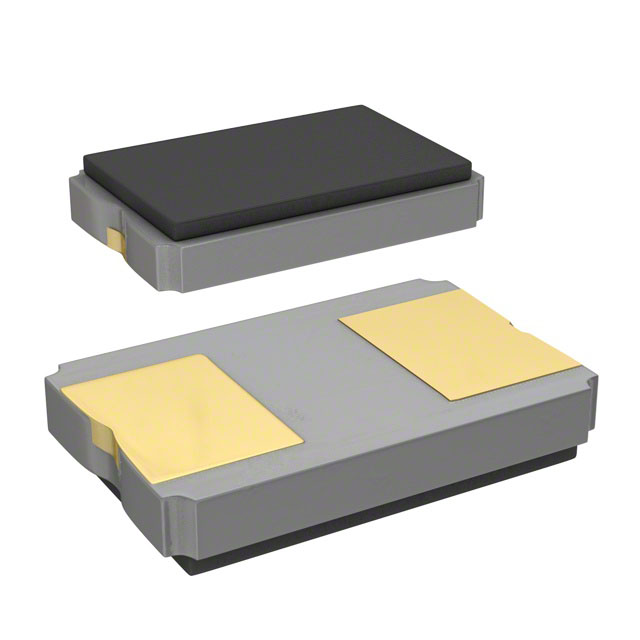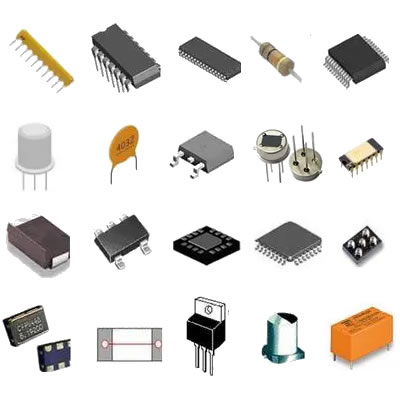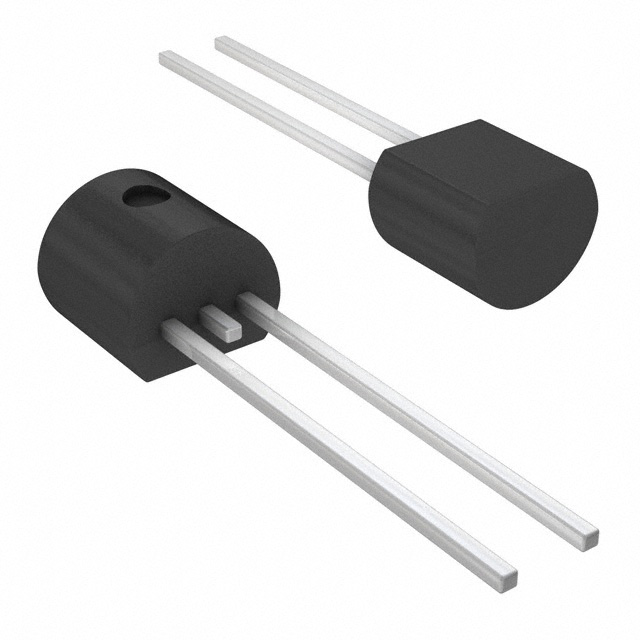X24C44P TVS Diodes highlighting the core functional technology articles and application development cases of TVS Diodes that are effective.
Overview of TVS Diodes
Transient Voltage Suppressor (TVS) diodes are crucial components in safeguarding electronic circuits from voltage spikes, which can arise from various sources such as electrostatic discharge (ESD), lightning strikes, and other transient events. The X24C44P is a specific model of TVS diode engineered to deliver robust protection for sensitive electronic devices, ensuring their reliability and longevity.
Core Functional Technology of TVS Diodes
1. Clamping Voltage: TVS diodes are designed to clamp voltage spikes to a safe level. When the voltage exceeds a predetermined threshold, the diode becomes conductive, diverting excess current away from sensitive components. This clamping action prevents damage to the circuit.
2. Response Time: TVS diodes exhibit an extremely fast response time, typically in the picosecond range. This rapid response is essential for protecting sensitive electronics from transient events, as it allows the diode to react before the voltage spike can cause harm.
3. Bidirectional Protection: Many TVS diodes, including the X24C44P, provide bidirectional protection, meaning they can clamp voltage spikes in both directions. This feature is particularly beneficial in AC applications or scenarios where the voltage polarity may change.
4. Power Rating: TVS diodes are rated for their power handling capabilities, indicating how much energy they can absorb during a transient event without failing. This rating is critical for ensuring that the diode can withstand the expected surge conditions.
5. Capacitance: The capacitance of a TVS diode influences its performance in high-speed data applications. Lower capacitance is preferred to minimize signal distortion, making the diode suitable for high-frequency circuits.
Application Development Cases
1. Consumer Electronics: TVS diodes are extensively used in consumer electronics such as smartphones, tablets, and laptops. For example, the X24C44P can be employed to protect USB ports from ESD events, thereby enhancing the longevity and reliability of the device.
2. Automotive Applications: In automotive electronics, TVS diodes safeguard sensitive components from voltage spikes caused by load dump or inductive switching. The X24C44P can be integrated into automotive control units, ensuring protection against these transients and maintaining system integrity.
3. Telecommunications: In telecom equipment, TVS diodes protect against voltage surges that can occur during lightning strikes or power surges. The X24C44P can be utilized in network interface cards (NICs) to ensure stable operation and prevent damage to critical communication infrastructure.
4. Industrial Equipment: Industrial machinery often operates in harsh environments where voltage spikes are common. TVS diodes can be implemented in control circuits to protect against transients that could disrupt operations, ensuring the reliability of industrial processes.
5. LED Lighting: In LED driver circuits, TVS diodes can protect against voltage spikes that may occur due to switching transients. The X24C44P can be used to enhance the reliability of LED lighting systems, preventing failures that could arise from electrical disturbances.
Conclusion
TVS diodes, such as the X24C44P, are vital in protecting electronic devices from transient voltage events. Their fast response time, bidirectional capabilities, and robust power handling make them suitable for a diverse range of applications, from consumer electronics to industrial machinery. As electronic devices continue to evolve and become more sensitive to voltage fluctuations, the significance of effective transient voltage suppression will only grow, solidifying TVS diodes as essential components in modern circuit design.









